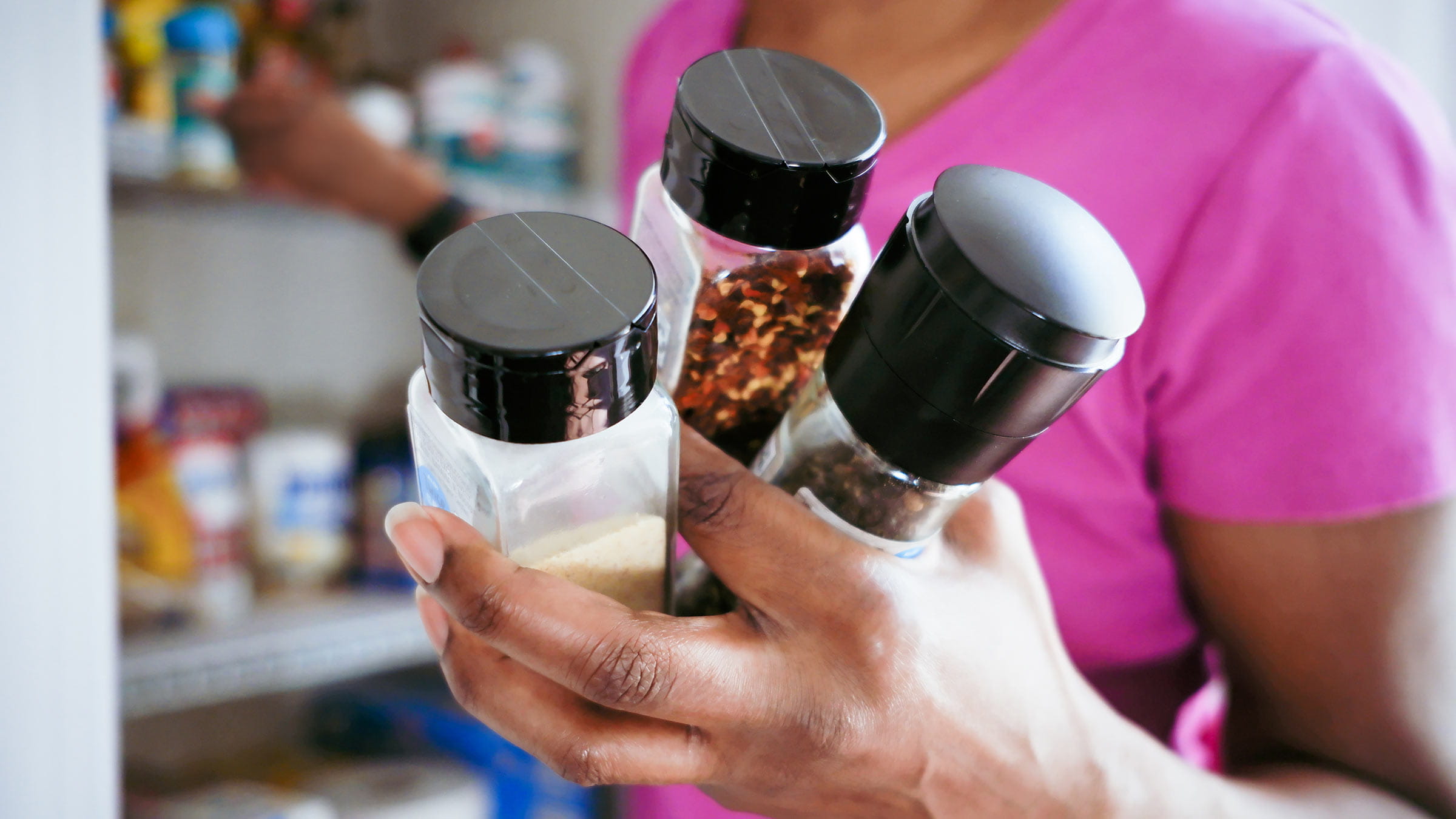
Sodium is necessary in our diets to help maintain normal blood pressure and healthy muscle and nerve function. We get much of our sodium from salt, which is technically sodium chloride, and need 500 milligrams each day to provide these benefits.
But 500 milligrams is less than the weight of a small paperclip, and in the United States, we get more sodium than that — a lot more. Even though daily recommendations vary between 1,500 and 2,300 milligrams, the average American consumes 3,400 milligrams daily. That’s about 1.5 teaspoons of table salt, and we want to get less than 1 teaspoon per day.
When you eat too much sodium, your body retains more fluid, which can lead to high blood pressure as well as kidney, heart and brain health problems. So, while we want some sodium, too much is harmful.
Low sodium for heart health
According to the American Medical Association, if every American consumed 1,500 milligrams of sodium or less per day, 150,000 lives could be saved from heart disease every year.
It's all about eating smarter. Cutting salt in your diet can reduce your risk of developing high blood pressure as well as your risk of having a heart attack.
Keep in mind, it takes some time to figure out foods you like that are also lower in sodium, but it can be done. Be patient, because it’ll take about eight weeks for your taste buds to get used to eating foods lower in sodium. Food may taste bland for a couple months, but over time will start to taste more flavorful. I promise!
Cut the salt, keep the flavor
Smarter eating doesn't mean boring eating. Here are six tips to cut the salt and keep your meals tasty.
1 Reduce sodium that is already in food
Most of the sodium Americans eat is already in foods, mainly highly processed and restaurant foods. Focus on lowering this sodium since that is where you will get the most bang for your buck. Reading food labels and limiting foods already high in salt can really help you lower the sodium you take in each day.
2 Read nutrition labels
Salt is sneaky. When you take a moment to read nutrition labels in the grocery store, you’ll find it in many foods you wouldn’t suspect, like breakfast cereal, cottage cheese and flour tortillas. And be sure to add it up: Ingredients that seem low in sodium alone may make for a salty dish when combined. Aim for no more than 300 milligrams of sodium per serving of a food. The amount of sodium is listed on the label per serving. (Take a look at the serving size while you’re at it!) If a food has no nutrition label — like fresh fruits, vegetables and plain meats — chances are it’s low in sodium.
Tips for a healthy grocery list
3 Skip the condiments or choose low-sodium versions
Ketchup and prepackaged salad dressings are high in salt, and just 1 tablespoon of soy sauce contains nearly 1,000 milligrams of sodium. Using a small amount of ketchup, like 1-2 tablespoons, usually won't break the bank. Watch amounts and, again, read the nutrition labels. Some condiments, like mustard, have almost no sodium.
4 Wash canned or frozen vegetables
Salt is often used as a preservative in canned or frozen foods. Go for options labeled "no sodium added" or rinse regular versions of beans and vegetables well to eliminate about half the sodium.
5 Find flavor in herbs and spices
A little garlic, cayenne or dill can punch up a dish without all the sodium. Lemon, lime and vinegar can also boost your meal's flavor. Try playing around with adding garlic, onions and pepper to your meals. If that seems like too much work, try sodium-free seasonings, like Dash.
6 Think natural
Twelve percent of the sodium we eat occurs naturally in food. To keep sodium at a moderate level, try to include more fresh fruits and vegetables; even frozen ones are usually very low in sodium. Other low-sodium options include fresh, unseasoned meat and plain pasta and rice.
What makes a super food so super?
Low-sodium meal plan: a one-day look at a low-sodium diet
Think you can't do it? I bet you can! Here's a sample day of meals with a total of approximately 1,500 milligrams of sodium. (And it's healthy, too!)
Breakfast:
- 1 large hard-boiled egg: 62 mg
- 2 slices whole wheat toast: 300 mg
- 1 cup skim milk: 125 mg
- 1 cup coffee: 5 mg
- ½ grapefruit: 0 mg
Morning snack:
- ¼ cup unsalted almonds: 1 mg
Lunch:
- 1.6-ounce hamburger with lettuce, tomato, onion and mustard: 254 mg
- 1 whole wheat bun: 206 mg
- 12-ounce glass unsweetened iced tea: 10 mg
- 1 side salad with ¼ cup natural shredded cheese: 250 mg
- Olive oil and vinegar for dressing: 0 mg
- 1 large orange: 0 mg
Afternoon snack:
- Light Greek yogurt: 45 mg
Dinner:
- 4-ounce no-salt-added grilled chicken breast: 70 mg
- 1 cup cooked pasta: 3 mg
- Prepared with ½ cup low-sodium marinara sauce: 120 mg
- 1 cup broccoli: 49 mg
- Prepared with 2 teaspoons olive oil, 1 tablespoon parmesan cheese and pepper: 76 mg
Total sodium: 1,576 mg

Healthy eating is within your reach!
Make an appointment with our dietitians or nutritionists.
Schedule an appointment




